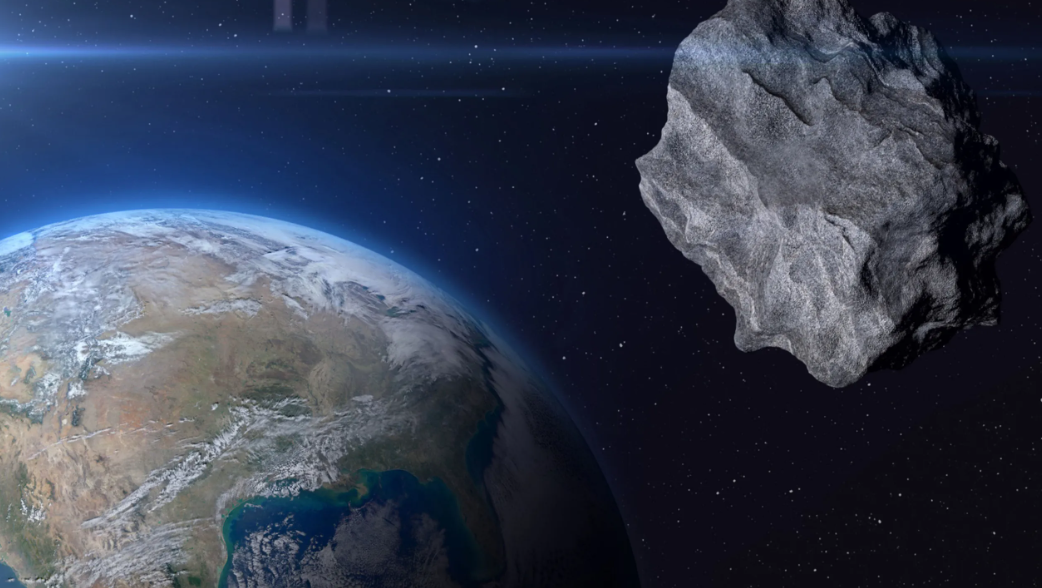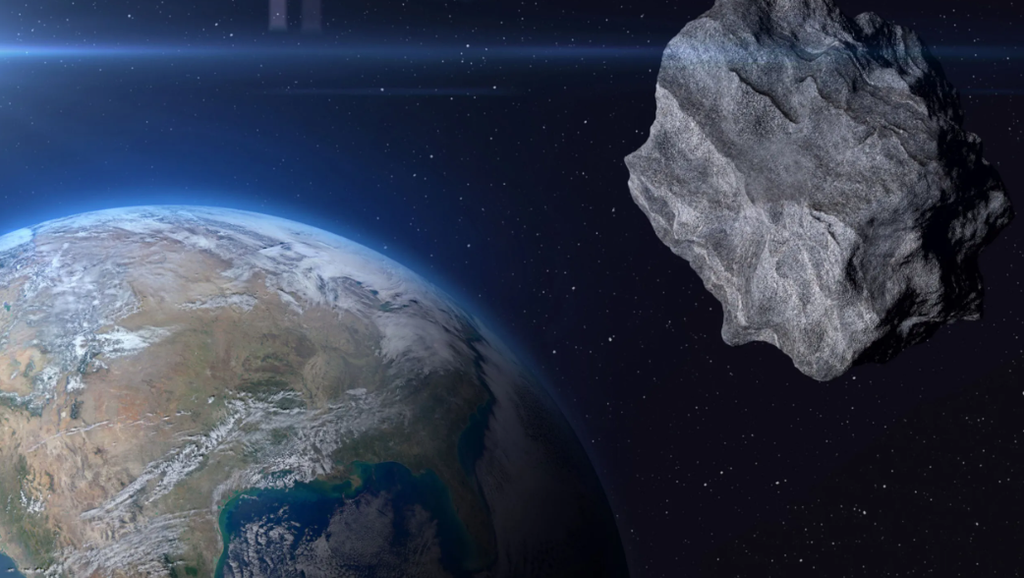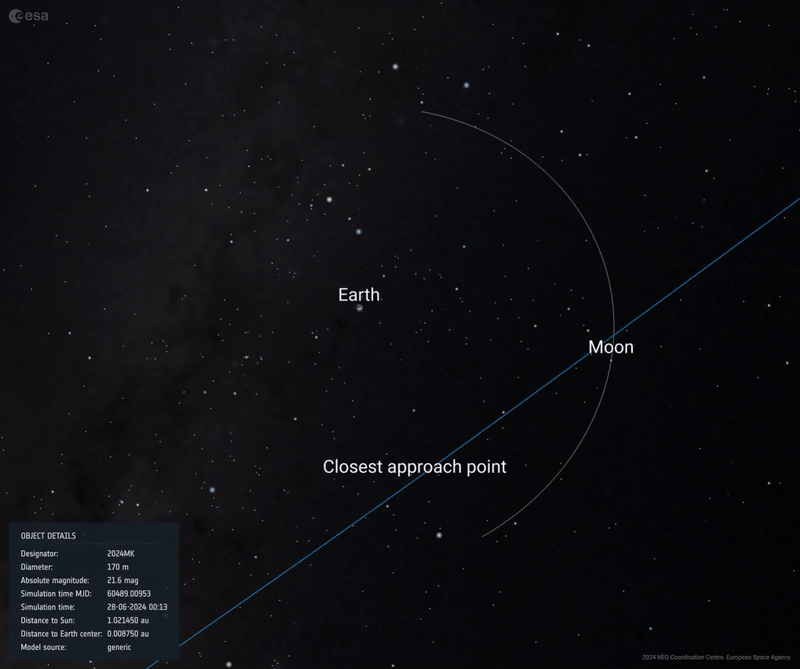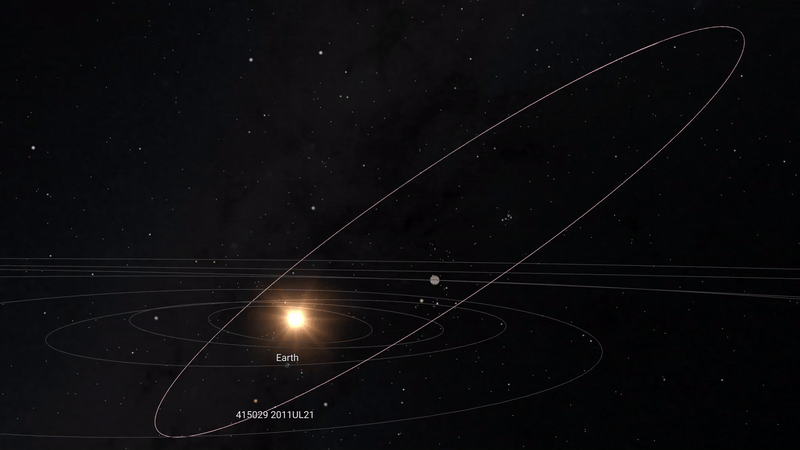Two large asteroids will pass close to Earth within just 42 hours of each other in June 2024.


According to NASA in Spanishthis week, June 24-30, 2024, Two large asteroids will pass near Earth.
None of them pose a danger to our planet.but one was discovered just a week ago, highlighting the need to continue to improve our ability to detect potentially dangerous objects in our cosmic environment.
Asteroid 2024 MK: less than two weeks between its discovery and passage
Asteroid 2024 MK has a size from 120 to 260 meters. and was opened on June 16, 2024. Asteroid will pass near Earth on June 29. 2024 MK large for near-Earth object (NEO) and It will pass at a distance of 290,000 km from the Earth’s surface.approximately 75% of the distance between the Earth and the Moon.

There is no risk that the 2024 MC will affect the Earth.. However, an asteroid that size would cause significant damage if that happenedTherefore, its discovery just a week before it passes close to our planet underscores the ongoing need to improve our ability to detect and monitor Near-Earth objects (NEOs) potentially dangerous.
Due to its size and proximity, The 2024 MC will be visible in a dark, clear sky on June 29. the use of a small telescope or good binoculars for amateur astronomers in some parts of the world.
Asteroid (415029) 2011 UL21: larger than 99% of near-Earth asteroids.
Asteroid (415029) 2011 UL21 is the biggest guest of the week. This 2,310-meter-diameter asteroid is larger than 99% of all known near-Earth objects (NEOs). However, It won’t get that close to Earth.. At its closest point, June 27, it will still be more than 17 times the distance separating us from the Moon.

This asteroid’s orbit around the Sun is highly inclined., which is unusual for such a large object. Most large objects in the solar system, including planets and asteroids, orbit the sun in or near the equatorial plane.
This could be the result of gravitational interaction with a large planet like Jupiter. Jupiter can deflect asteroids which were previously harmless to the Earth, so it is important to understand this process.
(415029) 2011 UL21 is in “11:34 resonance” with Earth.. It makes 11 revolutions around the Sun in almost the same time that the Earth makes 34 revolutions (i.e. 34 years).
The result is a beautiful repeating pattern when viewing the asteroid’s location relative to Earth over a 34-year period while Earth remains stationary.